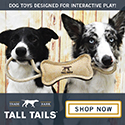
Just like many humans, some dogs have one or more fears and/or phobias. A variety of the most common causes of these phobias include: not socializing at an early stage, genetics and having a negative experience. The fears and phobias of dogs have noticeable signs and symptoms.
Signs or symptoms of such fears and phobias can include behavior such as cowering, drooling, shaking, barking, destructive behavior and, in some cases, downright aggression. This article addresses some common fears and phobias of dogs.
Listed below are some common canine fears and phobias. While fear refers to a normal reaction to a situation or item that can potentially cause harm, a phobia refers to an excessive fear that can incapacitate an individual.
Fear of Thunder
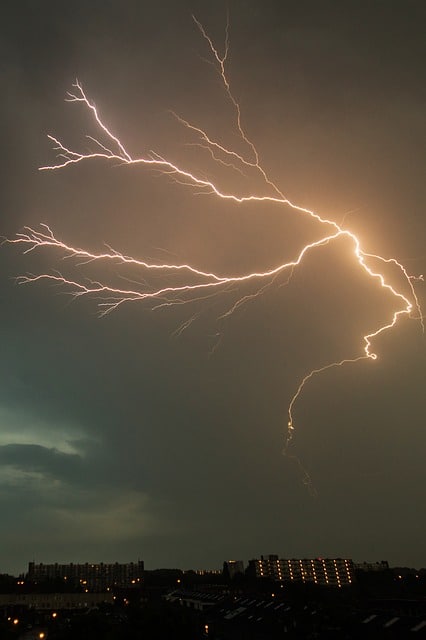
Fear of thunder is called astraphobia and it is very common among dogs, in some breeds more than others. The degree of fear varies significantly between dogs.
Some only have a mild fear of thunder. In this case, the only sign may be the dog slightly shaking. With a moderately frightened dog, you may notice that their ears are flattened and their tails are tucked during a thunderstorm.
But some dogs suffer from a severe phobia which leads to hiding or even lead to very destructive behavior. They may also lose control of their bladder or bowels if extremely frightened.
· Fear of Fireworks

Another common dog phobia is the fear of fireworks. A 2013 study in Bristol, England found this to be the number one fear/phobia in dogs. Like the fear of thunderstorms, the loud sounds and light display of fireworks can cause dogs to shake in fear. Not only are they very loud and have visual components, but there are also frightening odors and visual effects as well.
Slowly getting used to the sound of fireworks will help remove the fear for some dogs. There are a few management techniques that are helpful in some of the milder cases.
Do not hesitate to comfort your dog for fear of reinforcing their phobias. This will not happen. Do what you need to do to keep them calm.
They make beautiful fireworks that do not have a sound effect. This works for you but if your neighbor goes all out for sound there is still a problem. If you live in a community where everyone knows their neighbors, maybe you can negotiate this with them.
A 2015 Norwegian study done in Oslo found a strong genetic component, proving a “marked correlation” between certain breeds and noise-sensitive fearfulness.
Anti-anxiety medications and sedatives are often needed for dogs with a severe fireworks phobia. Some owners have found that the use of CBD oil helps to calm their frightened, furry friends. Don’t hesitate to consult your vet for help in dealing with the common fears and phobias of dogs that need medication.
· Fear of Being Left Alone
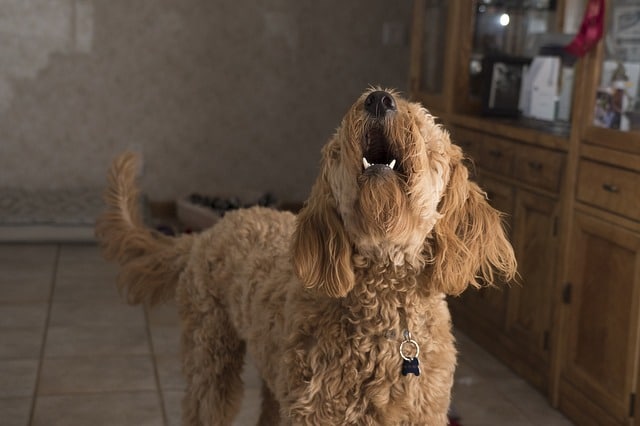
The fear of being left home alone is usually referred to as separation anxiety. Many factors can trigger this fear in dogs. A dog that has experienced any major change in lifestyle is especially at risk for developing this problem. If they have ever been abandoned, experienced the death of an owner or been left in a shelter for a long time, they have increased risk of separation anxiety.
Some breeds are more likely than others to having a genetic component for this potentially serious problem. Herding breeds are more likely to develop a fear of being alone. They are bred to be more sound and environmentally sensitive than another breed. Any breed or individual dog that is hyper-aware is at increased risk.
As soon as their owners leave, dogs who suffer from separation anxiety will exhibit symptoms such as destructive behavior. Excessive barking and house training accidents often occur when these dogs left alone. Some dogs become so distraught that they destroy furniture, drapes, and clothing.
Change in the dog owner’s behavior may be of great help in easing the dog’s fear. By simply making changes to their habits before they leave the house and staying low key whenever they leave or return home can help to alleviate the dog’s anxiety.
The process of slowly getting used to being home alone, known as desensitization, can also be helpful to dogs who suffer from separation anxiety. You can find an entire article dedicated to separation anxiety at https://excellentdogsclub.com/how-to-help-your-dog-deal-with-their-separation-anxiety/
· Fear of Veterinarians
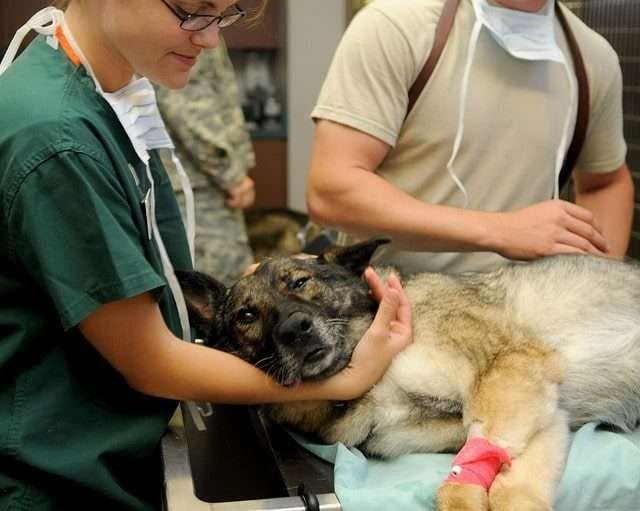
It is not new to most people that some dogs get scared whenever they go to the vet’s office. Their first exposure to vets typically includes strange smells, being restrained, being vaccinated and being handled in unfamiliar ways. No wonder dogs become scared whenever they go to the vet.
It is very similar to what some humans call “white coat syndrome”. If their blood pressure is only high when they are in their doctor’s office, it is called “white coat hypertension”.
This fear can be easily solved by bringing your dog for some social visit that does not involve any examination if there are no other phobias involved. Making the trip as pleasurable as possible is the best way to turn a potentially scary visit to a fun one. A brief, happy visit to the vet’s office for a treat and behind the ear scratch goes a long way to curing this problem.
A friend of mine always stopped to treat her dogs to an ice cream cone on the way home from the vet’s office. They quickly came to associate the trip to see the vet with something they loved.
· Fear of Riding Cars
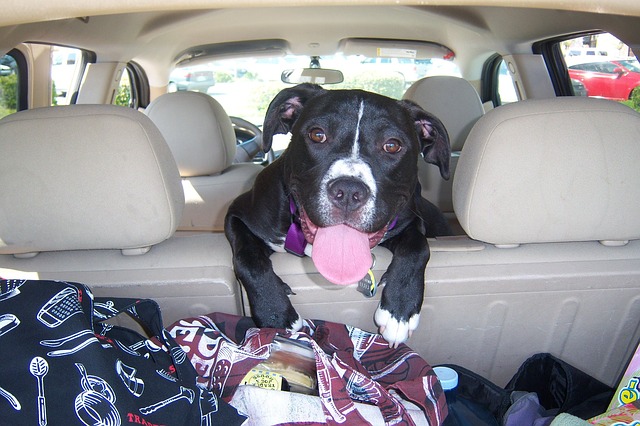
Some dogs are scared whenever they ride cars. They are big, fast and sometimes make them very sick to their stomachs. They never know where you are taking them. No wonder so many dogs get anxious when entering a car.
This fear is often because of the lack of early, positive experiences when riding cars. Even more likely are having had negative experiences associated with car rides. Some of these include getting sick while in the car, riding in the car to go to a shelter and being left there or going to visit a vet by riding in a car.
You can help your dog to overcome this kind of fear. Use your dog’s favorite treat to slowly lure your dog inside the car and then work up to taking rides, step by step. Making frequent, short trips with a pleasant outcome is the best way to help them overcome this fear.
Because it may prove challenging for you separate simple car sickness and true car riding anxiety, experts suggest you treat them both simultaneously. Anti-anxiety medication and desensitization training are very helpful for fearful canines but not so much so for motion sickness.
Restraining dogs into a forward-facing position is very helpful. This can be done by the use of doggy car-seats, crates or seat belts. Cracking a window to minimize unequal air pressure in the car is also helpful. If you do not wish to use medication for motion sickness, be sure to avoid feeding them a few hours before taking the car ride.
In Closing
If your dog suffers from any kind of fear or phobia and you are not able to help them overcome it to where both of you are comfortable, don’t give up. Contact your vet, a dog trainer or a dog behaviorist. There is hope for helping your furry friend to deal with any of the fears and phobias of dogs. https://happymutt.org/tips-on-how-to-calm-your-frightened-dog/
Photos courtesy of Pixabay

